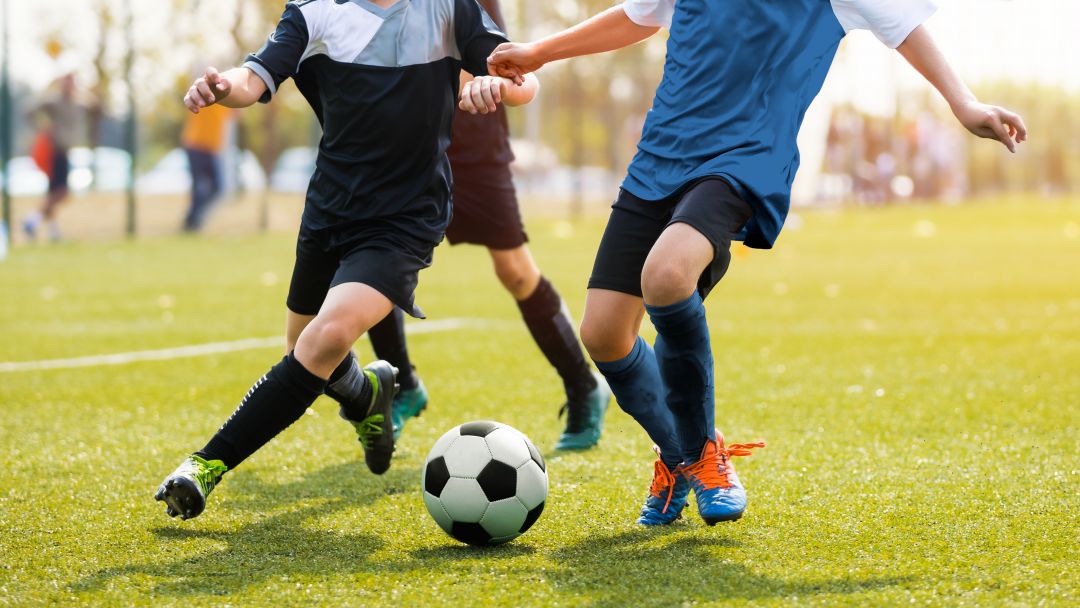The World Without Inter-School Sport

Competitive sport has been a defining feature of independent schools for about 200 years. Its history is one of steady growth of fixtures between schools, in steadfast defiance of the considerable disruption to school life, complex transport requirements and disproportionate allocation of resources to a small number of marquee athletes. This growth became exponential in the late 20th century, when the emergence of the alphabet game produced a profusion of teams at all ages and abilities.
The principal focus of sport in schools has become the preparation of teams for competition with local rivals. The most valued currency has become the status achieved in the expanding number of “national” competitions. For many people, within and beyond schools, the quality of the sports programme is a simple correlation with the contents of the trophy cabinet.
And then it all stopped. The Summer and Autumn terms of 2020 changed everything. The pandemic made school sport impossible: the current situation merely makes it extremely difficult. The future is highly uncertain. Its absence has revealed quite how invested the sector has become in competitive sport, and currently the most frequently asked questions surround when fixtures may resume. Although many maintained schools have been comfortable to make a sweeping announcement that there will be no extra-curricular activities of any sort until further notice, the independent sector is deeply uncomfortable without its wider curriculum. Sport is the most visible part of this.
Schools are taking radically different views. Some have already resumed tentative matches with other schools. Cricket came first, closely followed by Hockey and Association Football. An amended version of Netball will follow. All of those games are permitted in community sport, and there is a constituency of opinion that would see schools as no different. Indeed, schools may be more efficient than clubs in ensuring compliance with safety protocols. Some are reviewing the situation on a weekly basis: others have dispelled the issue by announcing there will be no thought of inter-school matches before half term. There are plenty of schools, including many in the girls’ sector, who have taken the decision to wait until 2021.
Attitudes differ across the country. The south is generally more aspirational for an early return than the north. Cricket has been a more comfortable accommodation than other sports. Occasional schools in other areas are attempting to drive a return to competition, but often encountering frustration that their willingness is not shared by potential opponents.
It is not just the game that generates nervousness. Everything that goes with it – transport, changing, equipment and spectators all present problems and potential risks. The nightmare scenario is that a visiting team might leave a virus behind which causes unimaginable disruption to the host school. For many, the risk is simply not worth it. School sport is intricately linked with parents who are inevitably keen to watch: the early returners to school sport are taking different attitudes to this, including banning all spectators. It may well be that lessons are not the only thing that are live streamed: sports fixtures may need to be as well.
National competitions are another complex issue. Organising bodies are delaying decisions as to what may be possible, and considering a range of amended formats. With starts inevitably delayed, and further disruption from local lockdowns possible, anything that is offered is likely to be truncated and subject to late change and withdrawal. There is no satisfactory answer. The urgency of some sports staff, and parents, to participate in the competitions that do survive will not always be shared by the harassed senior leaders who see them as yet another potential problem. No conclusion will suit everyone. Dissatisfaction is inevitable.
School sport will return. It will come back incrementally and nervously, surrounded by restrictions which make it unrecognisable from the big block fixtures that were the norm until March. Gradually, more schools will take small steps, until a tipping point has been reached and a form of school sport once more becomes the norm. It remains to be seen, however, whether the legacy of the pandemic will mean that some dimensions of school sport are changed forever.
Written by Neil Rollings, September 2020